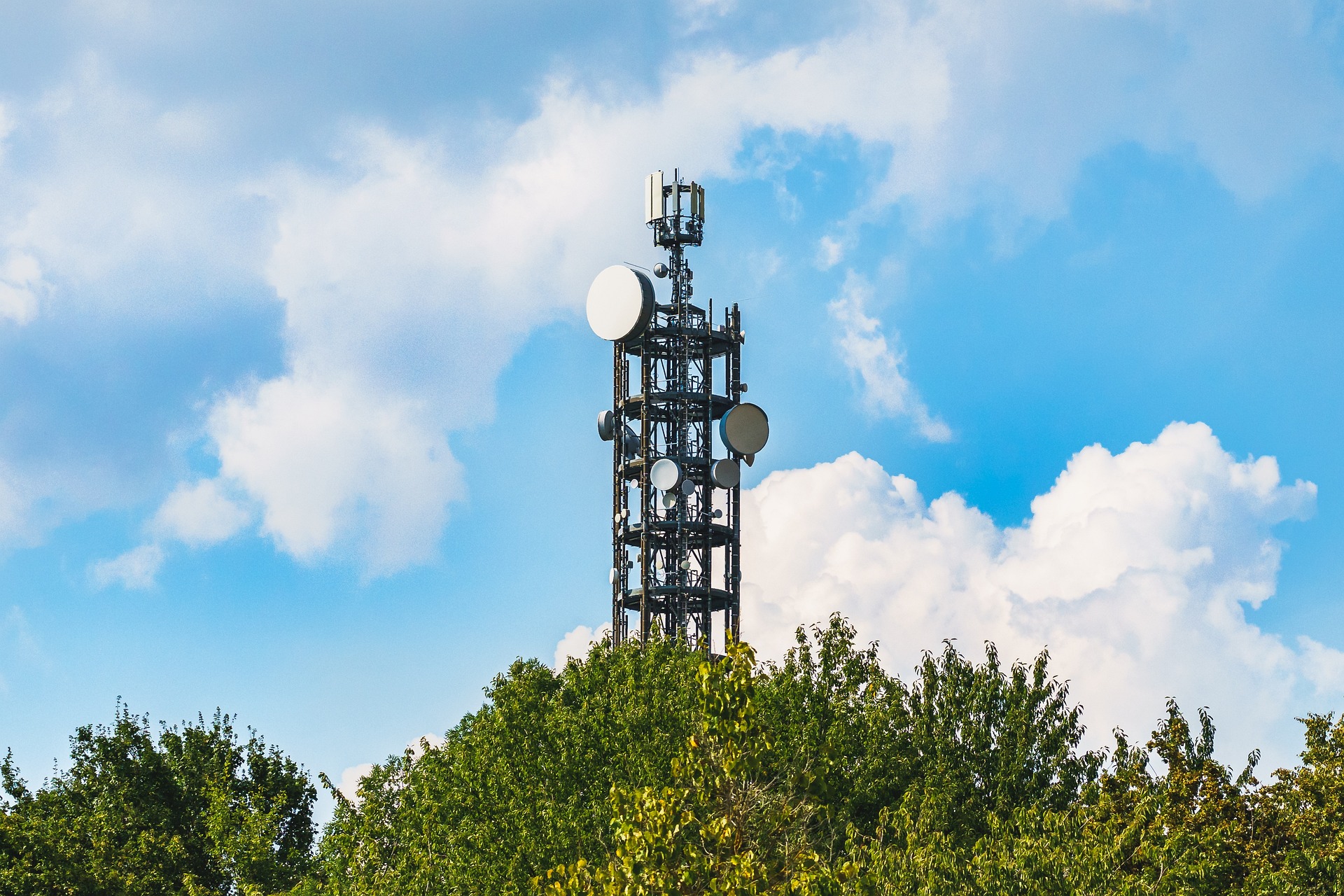Unveiling the Potential of Terahertz Communications
Terahertz (THz) communication, though a relatively new term, is rooted in the rich history of electromagnetic spectrum exploration. The concept of THz frequencies — positioned between microwaves and far-infrared waves — emerged in the late 19th century, but its practical applications remained elusive for decades due to technological constraints. However, in the last two decades, advancements in photonics and nanotechnology have unlocked the potential of this high-frequency spectrum, paving the way for THz communication systems.

The Dawn of Terahertz Communications
In the last few years, the telecom industry has increasingly recognized the potential of THz frequencies in addressing the ever-growing demand for higher data rates and lower latency. The utilization of THz, often referred to as the ‘last frontier’ of the electromagnetic spectrum, can significantly transform wireless communication systems, device connectivity, and data transfer methods.
The Impact of THz in the Telecommunications Landscape
THz communication can revolutionize many aspects of our connected world. With its capacity to support ultra-high-speed data transfer - potentially surpassing the capabilities of existing 5G networks - THz communication can lay the foundation for 6G and beyond. However, this technology also comes with its challenges. The most notable is the so-called ‘terahertz gap’, a frequency range in the electromagnetic spectrum that is underutilized due to technical hurdles, including signal attenuation and device limitations.
Applications of Terahertz Communications
Despite these challenges, the practical applications of THz communications are numerous, from high-speed personal area networks to wireless data centers and high-resolution radars. For instance, in healthcare, THz imaging could offer safer and more efficient alternatives to X-rays, while in the aerospace sector, THz communications could enable faster and more reliable data transmission between aircraft and ground stations.
Future Perspectives: A World Powered by Terahertz
While THz communication is still in its nascent stages, its potential to reshape the future of telecommunications is immense. As we continue to explore the possibilities of this high-frequency spectrum, we can anticipate a future where ultra-fast, low-latency connectivity becomes a reality, powering everything from autonomous vehicles to smart cities and beyond.
In conclusion, as we move towards an increasingly connected world, the significance of THz communications cannot be underestimated. Despite the technical challenges, its potential benefits, from ultra-high-speed data transfer to new applications in healthcare and aerospace, make it a promising technology worth investigating. The journey into the THz frontier has only just begun, and it promises to be an exciting one.




